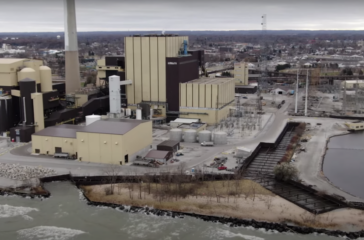Evidence mounts linking air pollution to Parkinson’s disease
By Grace van Deelen
New research adds to evidence that people living in areas with high air pollution are at a higher risk of developing Parkinson’s disease, a progressive neurological disorder.
The research found a nationwide association between incidents of Parkinson’s and annual average particulate matter air pollution, also known as PM 2.5. Researchers found that at the highest annual exposure level, participants were 25% more likely to develop Parkinson’s disease, compared to those with the lowest exposure.
The findings are expected to be presented at the American Academy of Neurology’s meeting in April and published in the journal Neurology. The work was funded by grants from the US Department of Defense, the National Institutes of Health National Institute of Environmental Health Sciences, and the Michael J. Fox Foundation for Parkinson’s Research.
“It’s a very compelling story that we see,” said Brittany Krzyzanowski, a scientist at the Barrow Neurological Institute and lead author on the new study.
Researchers used data from over 22 million Americans, 83,674 of whom had reported a Parkinson’s diagnosis. They analyzed that data alongside geographical data showing the amount of PM 2.5 in the atmosphere. PM 2.5 is a type of air pollution that comes from vehicle exhaust, forest and grass fires, and other industrial processes, meaning that communities near highways and industrial areas are most likely to have high exposure.
The link between the disease and PM 2.5 has been suggested in numerous other studies, including a 2022 review of existing research that found air pollution to be “an emerging risk factor in the development of Parkinson’s disease.”
As well, a 2018 study of more than 2 million Ontario adults found that long-term exposure to PM 2.5 was associated with a 4% increase in instances of Parkinson’s, while a 2020 study of 63 million US adults found an association between PM 2.5 exposure and hospitalization for Parkinson’s.
 EWG
EWG








